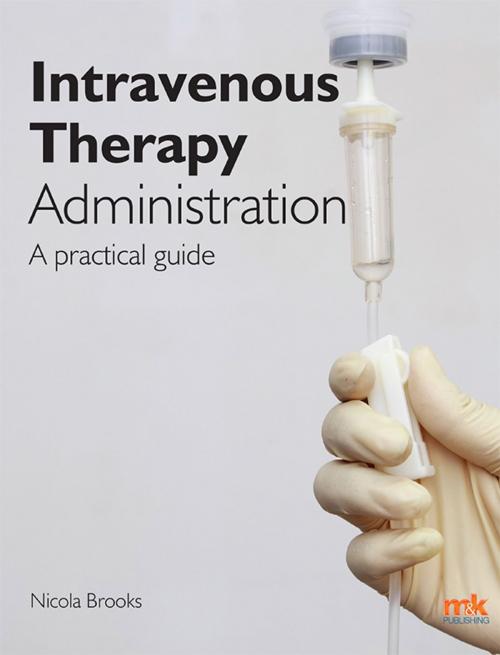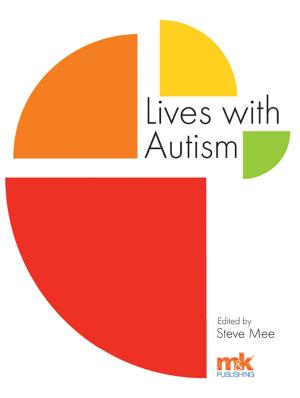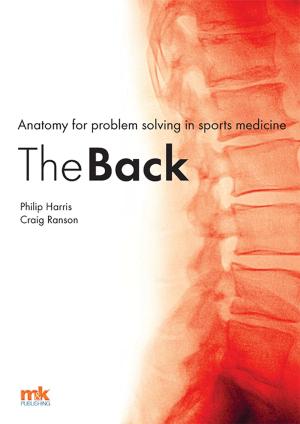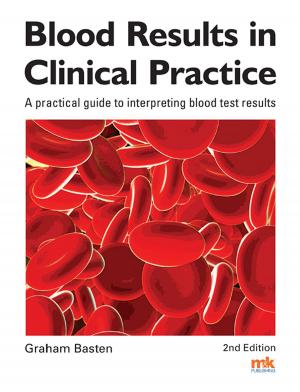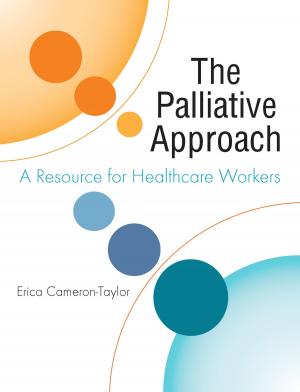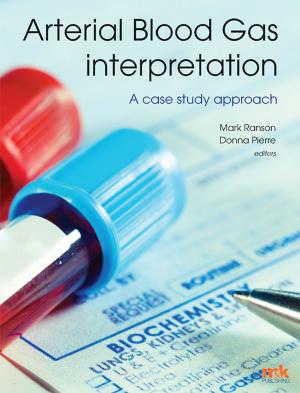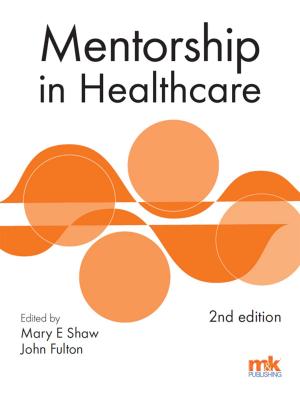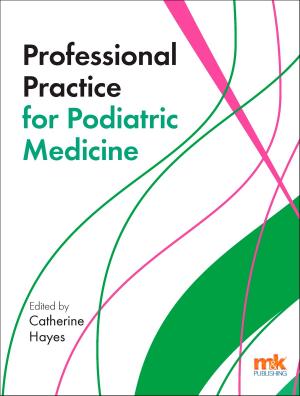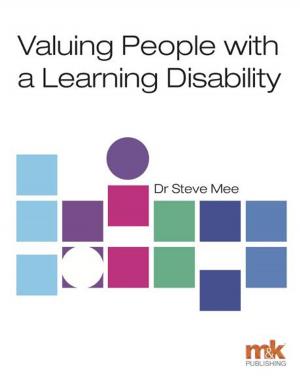Intravenous Therapy Administration: a practical guide
Nonfiction, Health & Well Being, Medical, Nursing, Fundamentals & Skills, Biography & Memoir| Author: | Nicola Brooks | ISBN: | 9781907830907 |
| Publisher: | M&K Update Ltd | Publication: | July 20, 2017 |
| Imprint: | M&K Publishing | Language: | English |
| Author: | Nicola Brooks |
| ISBN: | 9781907830907 |
| Publisher: | M&K Update Ltd |
| Publication: | July 20, 2017 |
| Imprint: | M&K Publishing |
| Language: | English |
This handy book, written by the author of the very popular Venepuncture and Cannulation: A Practical Guide, offers step-by-step guidance in how to administer intravenous fluids and medicines. It will be equally helpful, whether you are already practising intravenous therapy and wish to refresh or update your knowledge or you are learning this skill for the first time. Each chapter contains intended learning outcomes, clinical points for practice, and activities that enable you to relate the content to your own clinical area. The book opens with a general discussion of intravenous therapy, followed by an overview of the circulatory system and different types of intravenous access. The author explains how to calculate medication doses, and describes relevant aspects of pharmacodynamics and pharmacokinetics. She looks at safe techniques used in the administration of intravenous fluids and medications, and how to use different types of infusion devices, as well as the potential risks, complications and adverse reactions associated with intravenous therapy. The final chapter explores the professional responsibilities of the healthcare practitioner.Contents:• What is intravenous therapy and why is it used?• An overview of the circulatory system and related anatomy and physiologyof the peripheral vascular system• Intravenous access and care of the site• Calculating medication doses• How drugs work an introduction to pharmacokinetics and pharmacodynamics• Safe administration of intravenous fluids and medicines• Using an infusion device• Risk, complications and adverse reactions• Professional responsibilitiesAppendices: - Competency checklist for the preparation of intravenous therapy using a bolus method- Competency checklist for the preparation of intravenous therapy using an intermittent or continuous infusion method- Record of supervised practice
This handy book, written by the author of the very popular Venepuncture and Cannulation: A Practical Guide, offers step-by-step guidance in how to administer intravenous fluids and medicines. It will be equally helpful, whether you are already practising intravenous therapy and wish to refresh or update your knowledge or you are learning this skill for the first time. Each chapter contains intended learning outcomes, clinical points for practice, and activities that enable you to relate the content to your own clinical area. The book opens with a general discussion of intravenous therapy, followed by an overview of the circulatory system and different types of intravenous access. The author explains how to calculate medication doses, and describes relevant aspects of pharmacodynamics and pharmacokinetics. She looks at safe techniques used in the administration of intravenous fluids and medications, and how to use different types of infusion devices, as well as the potential risks, complications and adverse reactions associated with intravenous therapy. The final chapter explores the professional responsibilities of the healthcare practitioner.Contents:• What is intravenous therapy and why is it used?• An overview of the circulatory system and related anatomy and physiologyof the peripheral vascular system• Intravenous access and care of the site• Calculating medication doses• How drugs work an introduction to pharmacokinetics and pharmacodynamics• Safe administration of intravenous fluids and medicines• Using an infusion device• Risk, complications and adverse reactions• Professional responsibilitiesAppendices: - Competency checklist for the preparation of intravenous therapy using a bolus method- Competency checklist for the preparation of intravenous therapy using an intermittent or continuous infusion method- Record of supervised practice
